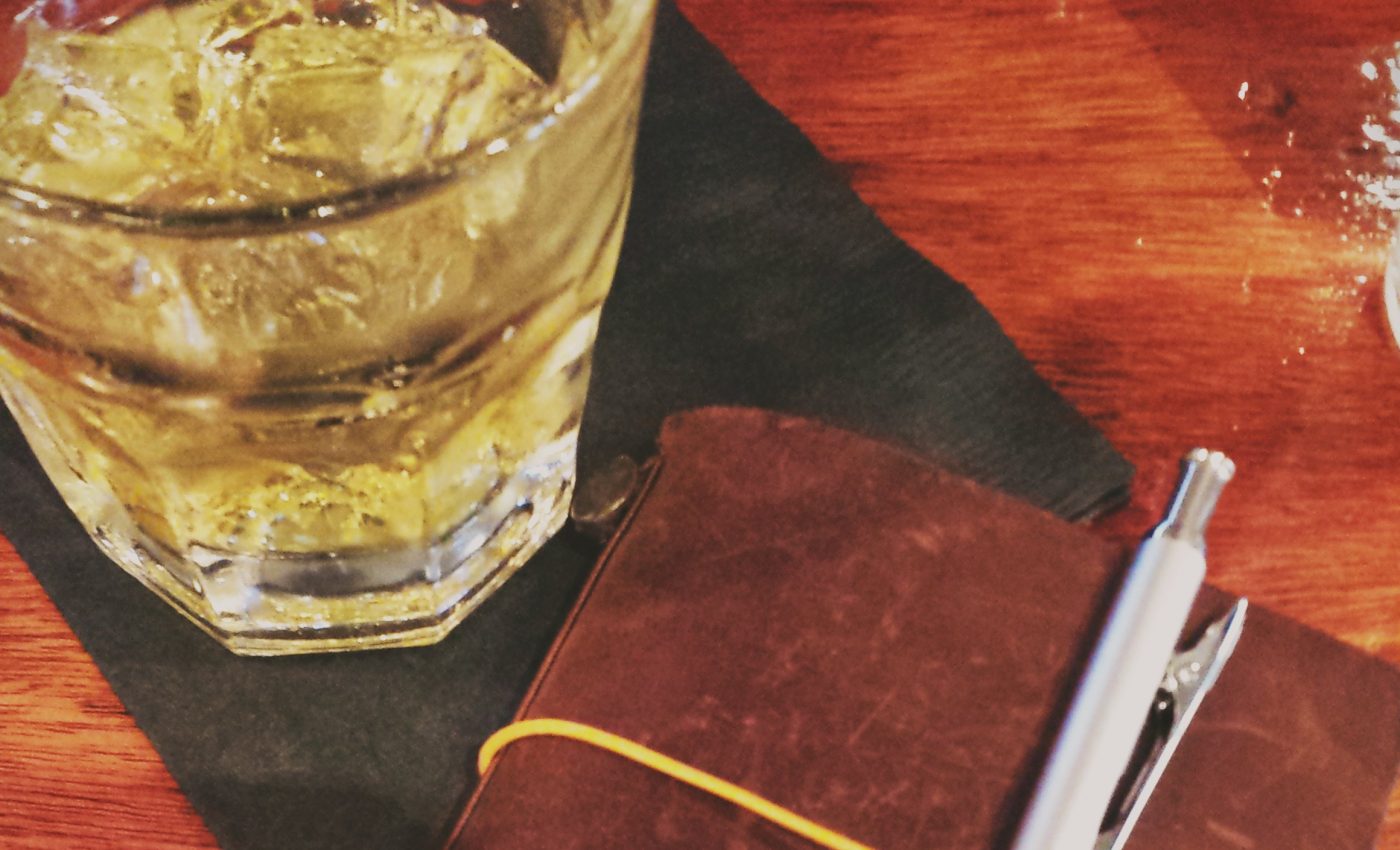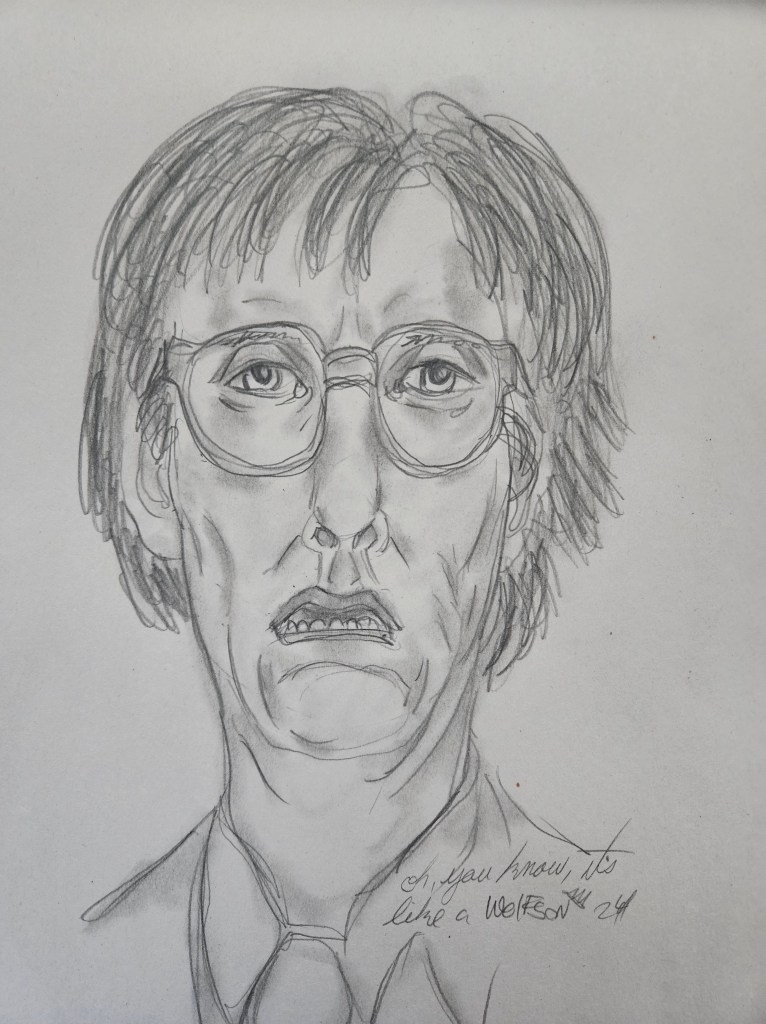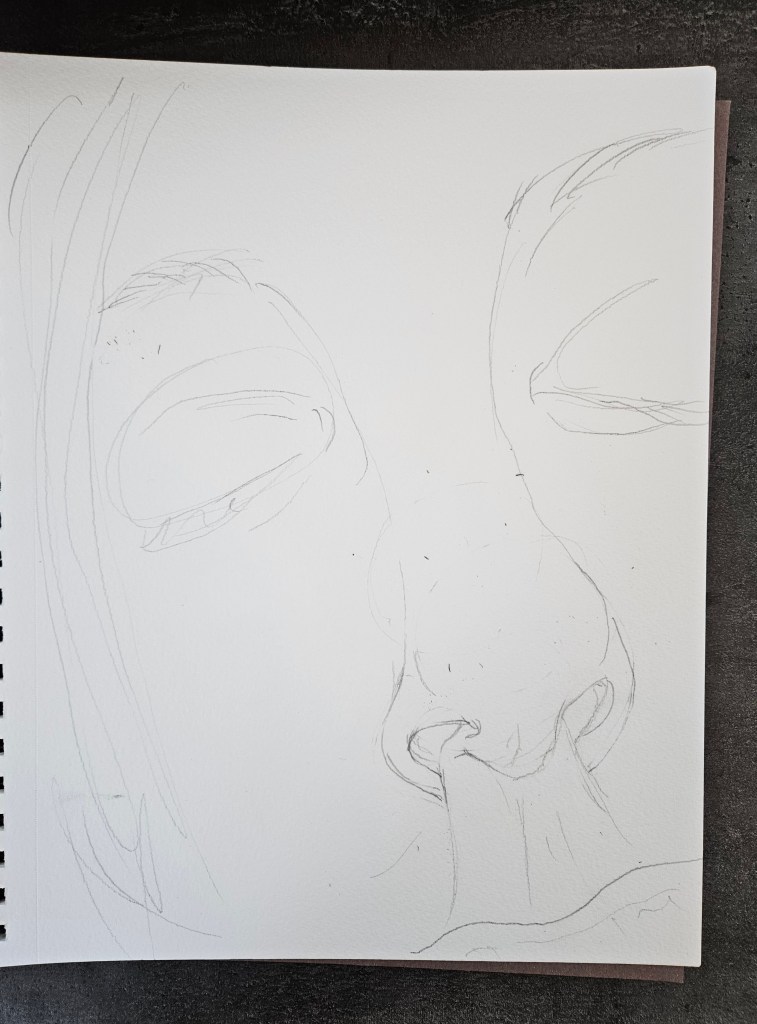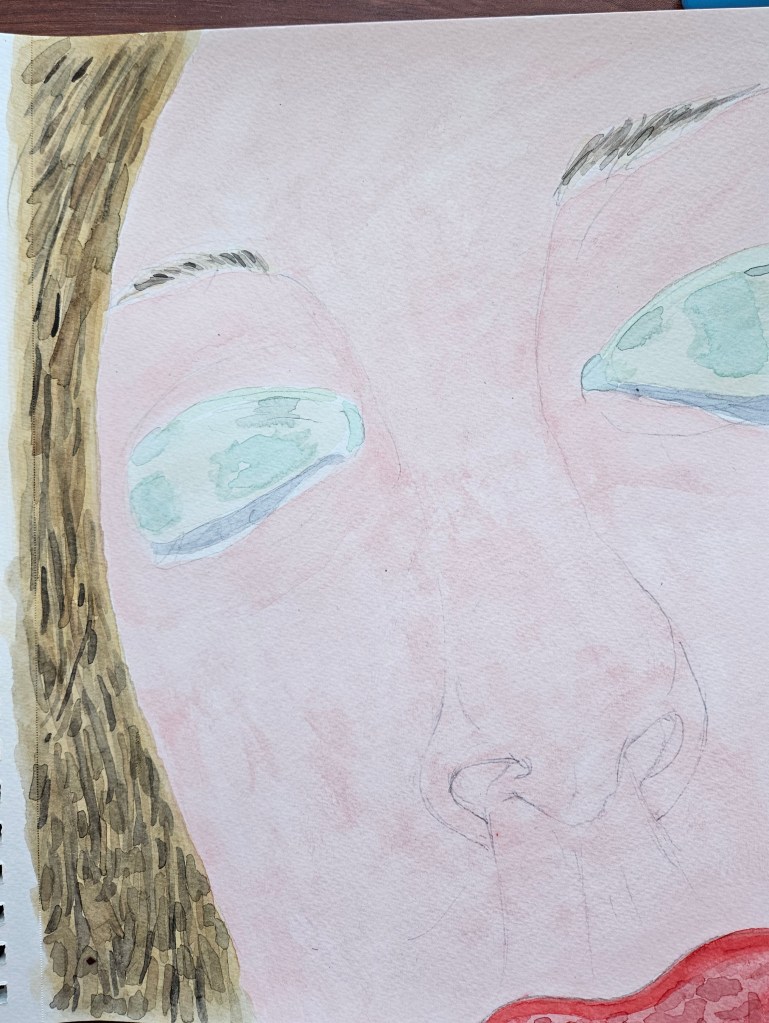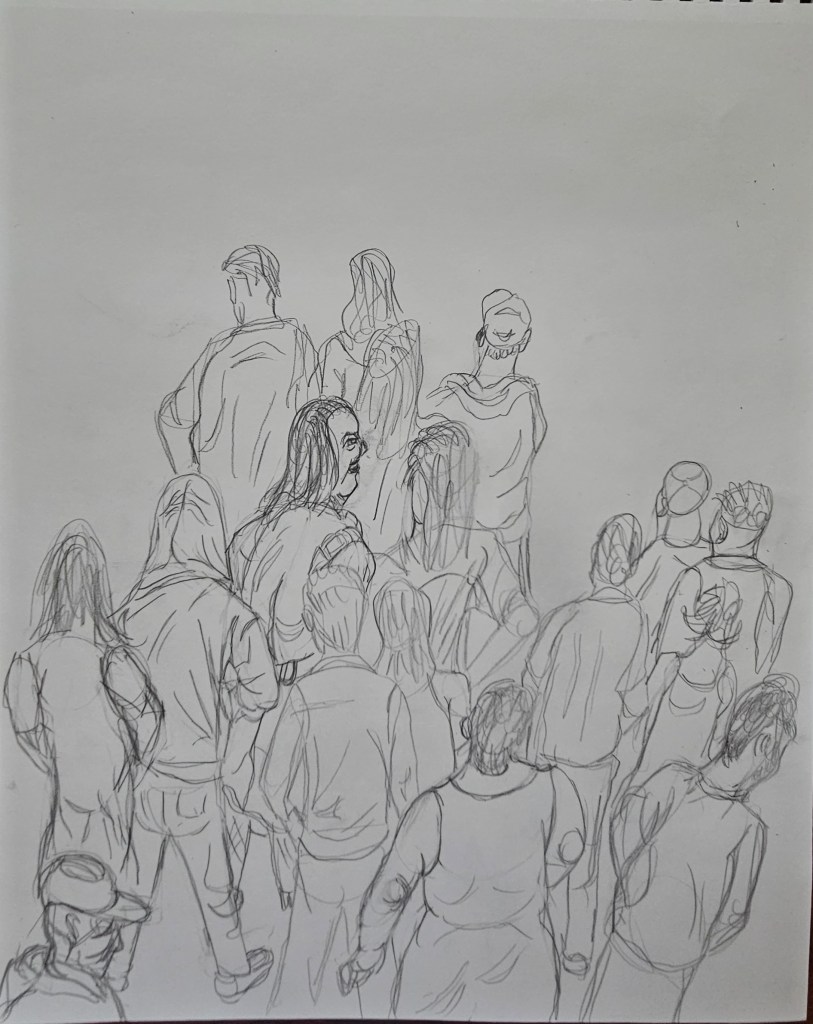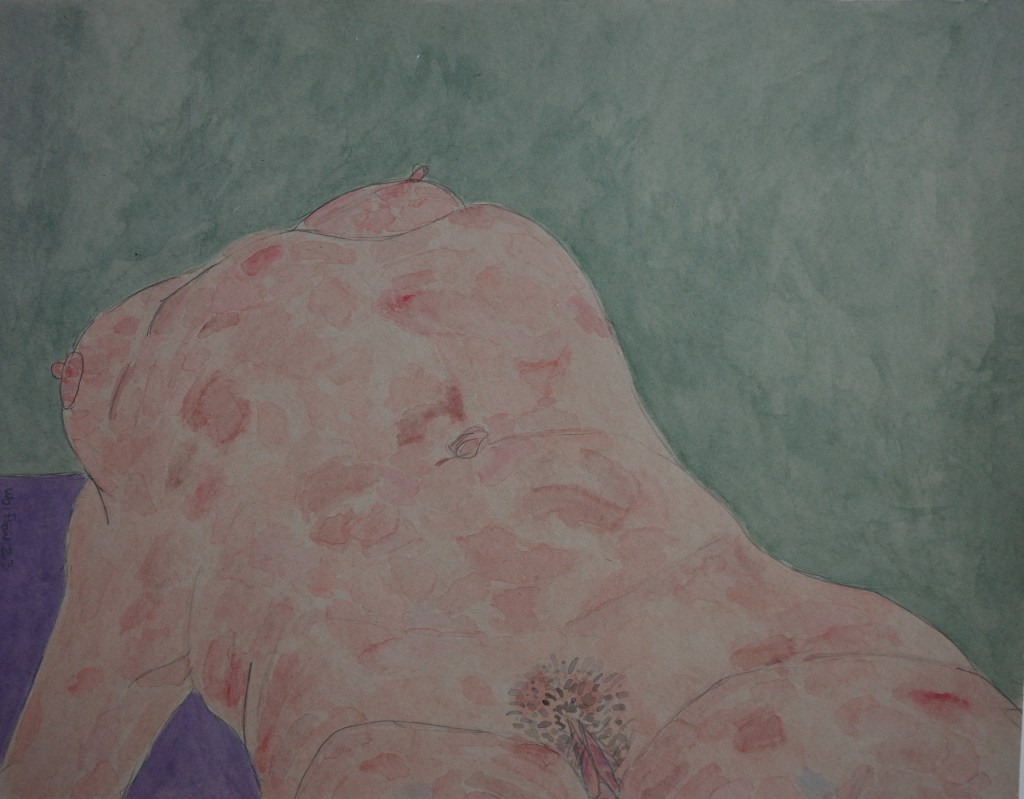For all my work, I’ve always had two main goals. To develop a discernable voice and to create works which in some manner effect the viewer. The first was achieved via lots of sweat and singular concentration, while the second will be a life-long mission.
The problem with having a recognizable voice is that one can either unintentionally or out of laziness lapse into mere mannerisms. This is to be avoided at all costs. It is the motivation behind my constantly leaving my comfort zone and trying new things.
For Miles I sought to make it different than what had come previous. It can still be recognized as a sibling of the predecessors as the medium does to some extent effect the voice. The mission for this one was that I wanted the viewer to be able to go back multiple times and find new little moments occurring within to notice.
As is always the case with these works, I only use photos which I personally took. For this piece, I was fortunate to find an area which was trying to entice night people with entire buildings being lit up in purples and pinks. These colors being new to my Cini palette were a great way to further the newness I was trying to achieve. I would combine an overall different color palette with an increased rhythmic complexity.
There is no digital magic, I used my trusty scissors to cut out tiny pieces and a brush for adhesive. The piece is 11×17 inches.
I always have a sort of soundtrack when I do Cinefield® pieces. I do not merely listen to same albums over and over, the soundtrack is what i start out with and as the day goes on other things are put on. They serve as an initial mood setter. This piece’s soundtrack:
Miles Davis Big fun
The Soft Pink Truth Is It going to Get Any deeper Than This
Bennie Maupin & Adam Rudolph Symphonic Tone Poem For Brother Yusef
Mozart (Rene Jacobs conducting) La Clemenza di Tito






(C) 2024 Wayne Wolfson not for use without permission
